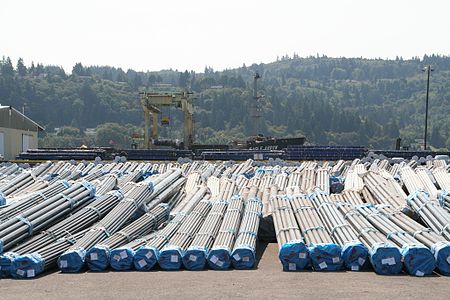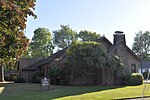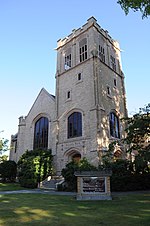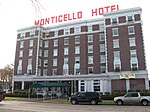Port of Longview

The Port of Longview is a deep-water port authority located in Longview, on the Columbia River in southwest Washington, United States. It was established in 1921 by Washington state law, and operates as a unit of local government. The port is overseen by a locally elected, three-member board of commissioners. Each commissioner is elected for a six-year term and is directly responsible to the voters for port operations. The Port manages and operates a marine terminal complex where domestic and international ships and barges arrive and depart, and bulk, break bulk and project cargos are loaded or unloaded by local labor union workers. Union workers operate lifting and moving equipment including cranes, forklifts and reach stackers. These workers belong to the International Longshore and Warehouse Union Local 21. Transportation routes connecting to the Port include the Columbia River shipping channel, the BNSF Railway and Union Pacific railroads, and north–south Interstate 5, the main highway running from Mexico to Canada. The Port also leases industrial land and contributes financially towards recreational projects in Cowlitz County.
Excerpt from the Wikipedia article Port of Longview (License: CC BY-SA 3.0, Authors, Images).Port of Longview
West Port Way,
Geographical coordinates (GPS) Address Nearby Places Show on map
Geographical coordinates (GPS)
| Latitude | Longitude |
|---|---|
| N 46.11388889 ° | E -122.95833333 ° |
Address
West Port Way
West Port Way
97048
Washington, United States
Open on Google Maps









